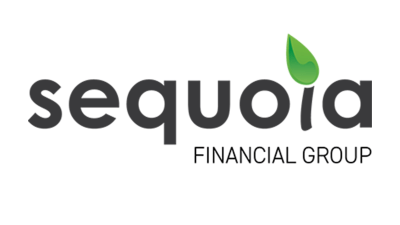Dollar disclosure: what you need to know
Disclosure, disclosure. Everything at the moment has something to do with disclosure. Whether it’s soft dollar disclosure or ensuring that disclosure is ‘clear, concise and effective’, one thing is for certain — disclosure is here to stay.
And it is likely to excite the Australian Taxation Office (ATO) too.
The latest Corporations Act amendments are all about dollar disclosure. Known as ‘Batch 8’, the amendments are now in place, however, there is a six-month transition period. But with July already well underway, there is no time to lose.
From January 1, 2005, licensees, their representatives and product issuers must disclose the costs, benefits, remuneration and fees in dollar terms in their statements of advice (SOA), product disclosure statements (PDS) and periodic statements (PS).
Disclosure is with respect to benefits that might reasonably be expected to be or have been capable of influencing the providing entity in offering the advice.
However, if the benefits are not reasonably expected to influence the person providing the advice, then no disclosure is required.
Whether you like it or not, Batch 8 is aimed at providing further consumer protection — in particular, providing the consumer with clear, concise and effective information. Expect that it will be read with the widest of applications when it is finally reviewed by a court.
So, if with every particular financial product placed you receive a bottle of wine you must place a dollar value on this, if it influenced you. But what if you don’t drink wine and didn’t drink the wine given?
An authorised representative, in their SOAs, must disclose in dollar amounts, remuneration, or other benefits that any of the providing entity, an employer of the providing entity, the authorising licensee, an employee or director of the authorising licensee or an associate of any of these entities may receive.
An authorised representative must also disclose in dollar amounts in their SOAs any other interest, whether pecuniary or not, and whether direct or indirect, of the providing entity, any employer of the providing entity, the authorising licensee or any associate of any of those persons.
As with everything, Batch 8 allows for exceptions. The Australian Securities and Investments Commission (ASIC) has the power to determine that an industry participant need not disclose the information in dollar amounts, but there must be compelling reasons.
How ASIC will interpret what are compelling reasons will be of some interest. Batch 8 suggests that compelling reasons requires that dollar amount disclosure would need to impose an unreasonable burden or an unreasonable burden within a time period, or for it to not be in the interest of the client.
If ASIC does make such a determination it doesn’t mean you are off the hook, you still must disclose.
You simply fall back to the old disclosure set out as a percentage of an amount or by way of description of the method of calculating the remuneration. But what is unreasonable?
I can imagine your head is spinning as you read this article. Just when you think you understand how to comply with the terms of your Australian Financial Services Licence — bang! Batch 8 arrives.
While you have six months to transition, you may consider slowly implementing the new disclosure requirements now.
Why, I hear you ask?
In our industry, we only have a couple of months to breathe before the onslaught of the Christmas period frenzy. I know if it were my choice, I would prefer to have the new requirements implemented prior to this period and any Christmas holiday I hope to enjoy.
But don’t act too early, as the debate will now commence as to what value the dollar amounts must be with respect to benefits.
Regularly check the ASIC web site for assistance on implementing Batch 8. A policy statement on the issue of dollar disclosure should be released in the next two months.
I aim to provide some guidance in a future article as to what may be considered a benefit that influences and what the dollar disclosure may be. It is important you know this because the ATO will want to see you put the dollar disclosure into your taxation return and also include it in your BAS statement.
And remember, when you’re putting the dollar disclosure in your SOA, your tax return and your GST BAS — whatever you do, don’t spill the wine… it makes them much harder to read.
Paula Zammit is a solicitor with the Financial Services Solutions Team for The Argyle Partnership Lawyers.
Recommended for you
Centrepoint Alliance has overtaken Count as the second largest AFSL with more advisers in the pipeline and strong EBITDA growth predictions for FY2026.
ASIC has released an update to its regulatory guidance on managing conflicts of interest for financial services businesses on the back of its private markets surveillance.
Sequoia Financial Group has flagged a series of non-cash impairments for the first half of FY26, citing exposure to Shield and First Guardian and provisions for potential professional indemnity insurance claims.
The Australian Wealth Advisors Group has completed two strategic investments, doubling its number of authorised representatives and increasing its FUMA by more than $1 million.










